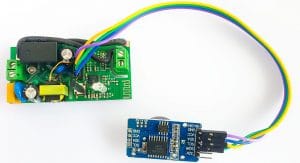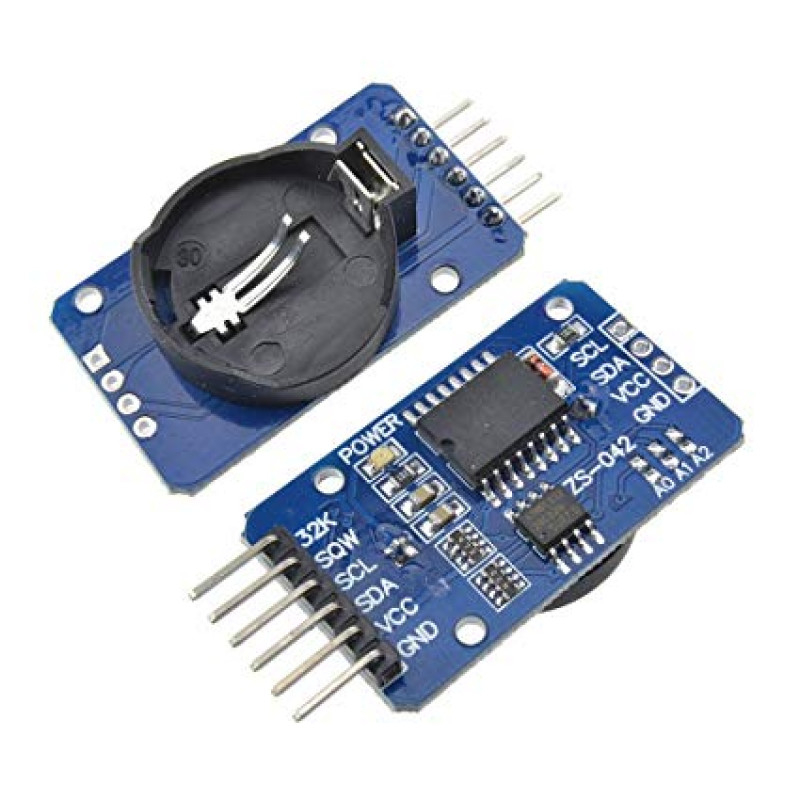
Lastly, it's safe to leave new ones unused in a drawer. I've done this on a couple of different pis now, and the above seems to work consistently. But in the end (after re-flashing a new Jessie lite image several times ) the above was all that was needed. I saw some of the rtc corruption that others have seen. Some posts have recommended de-installing the fake-hwclock package, or the ntp package - there's no need to do that - just do the above.īefore settling on the above steps, I tried lots of things from several web posts, including removing packages, downloading stuff, modifying the /etc/init.d/hwclock.sh file etc. Once it's up, using a locally connected keyboard, log in and type "date" - if the time is correct and not 10 mins slow (or however long you had the pi powered down for) then the system has read the time correctly from the rtc module!! If a sensible time string comes back, then you're cooking! Fully test by powering off the pi, disconnecting network cable (if you're running wireless, you may need to turn your router off for a bit), plug a screen into the hdmi output of the pi, wait 10 mins, then power it up. This will read the time directly from the rtc module. Shut down your system, connect the rtc module, then power up and test with the command: and that's it - that's all you need to do. edit the /lib/udev/hwclock-set file (sudo nano /lib/udev/hwclock-set) and "comment out" the following lines ("comment out" means put a # at the beginning of each of the lines, so they become comments and are ignored by the system) put the below line into the /boot/config.txt file: (edit it with your favourite editor and type the line in - or copy and paste it from here )Ģ.
#DS3231 USE AS TIMER UPDATE#
Once you have a nice shiny clean raspbian (or raspbian lite) image running (I used raspbian lite exclusively), and you've updated it to latest everything (sudo apt-get update sudo apt-get upgrade sudo reboot), you're ready to start.ġ. The current info on the internet is mostly out of date, so by piecing together nuggets from here and there, I've established the minimum amount of work necessary to configure latest Raspbian (lite) to get the RTC module working.


#DS3231 USE AS TIMER HOW TO#
The clock works with Arduinoand Raspberry Pi.Ĭheck how to connect the system with minicomputer Raspberry Piand Arduino modules. The device was based on the DS3231 system, the communication interface is an I2C bus.

Module with real time clock, allows you to read the time in hours, minutes, and seconds, and date: month, day, year.
#DS3231 USE AS TIMER ANDROID#
iNode - sensors and modules Bluetooth Android.Components for 3D printers construction.Laser cutting machines - engravers, plotters.


 0 kommentar(er)
0 kommentar(er)
